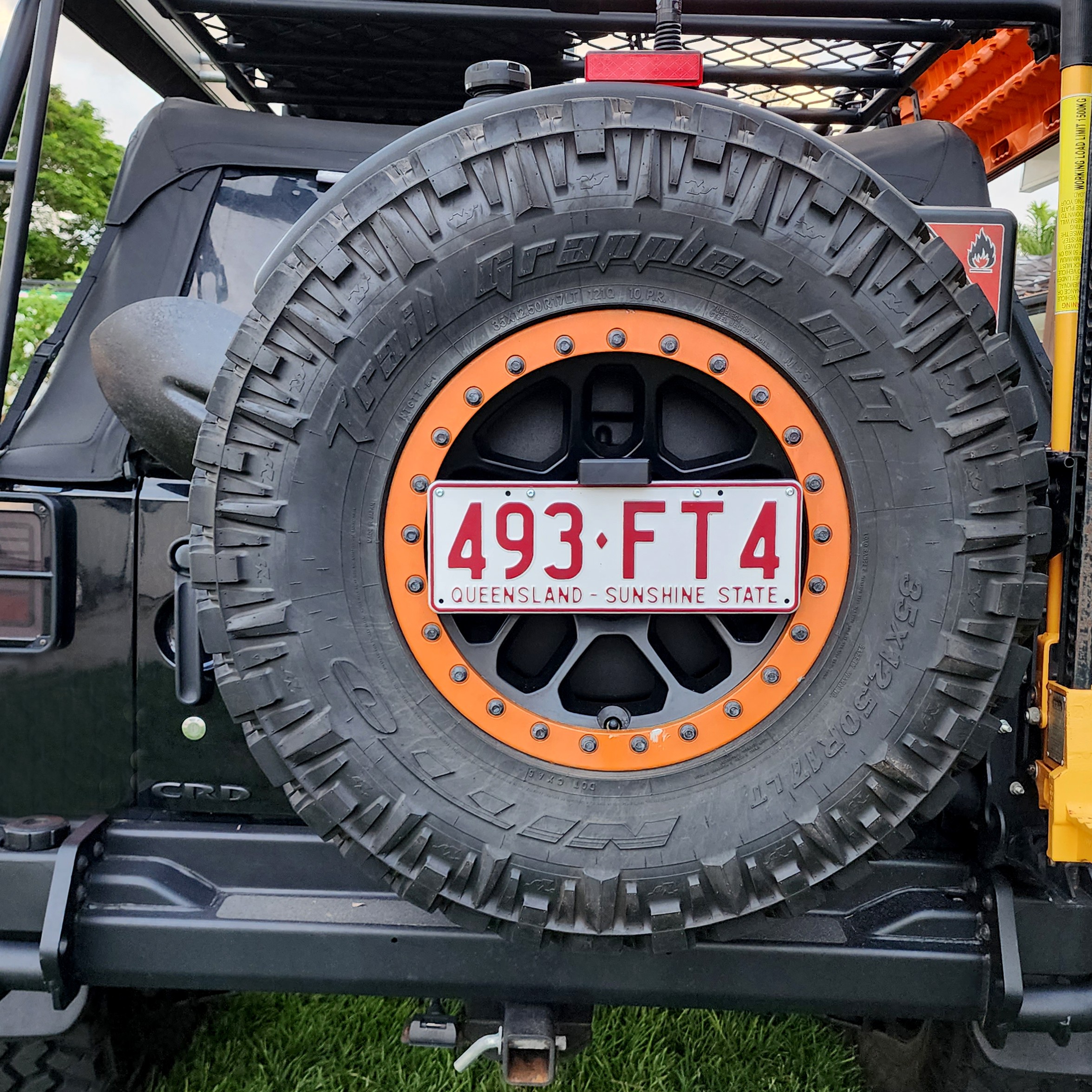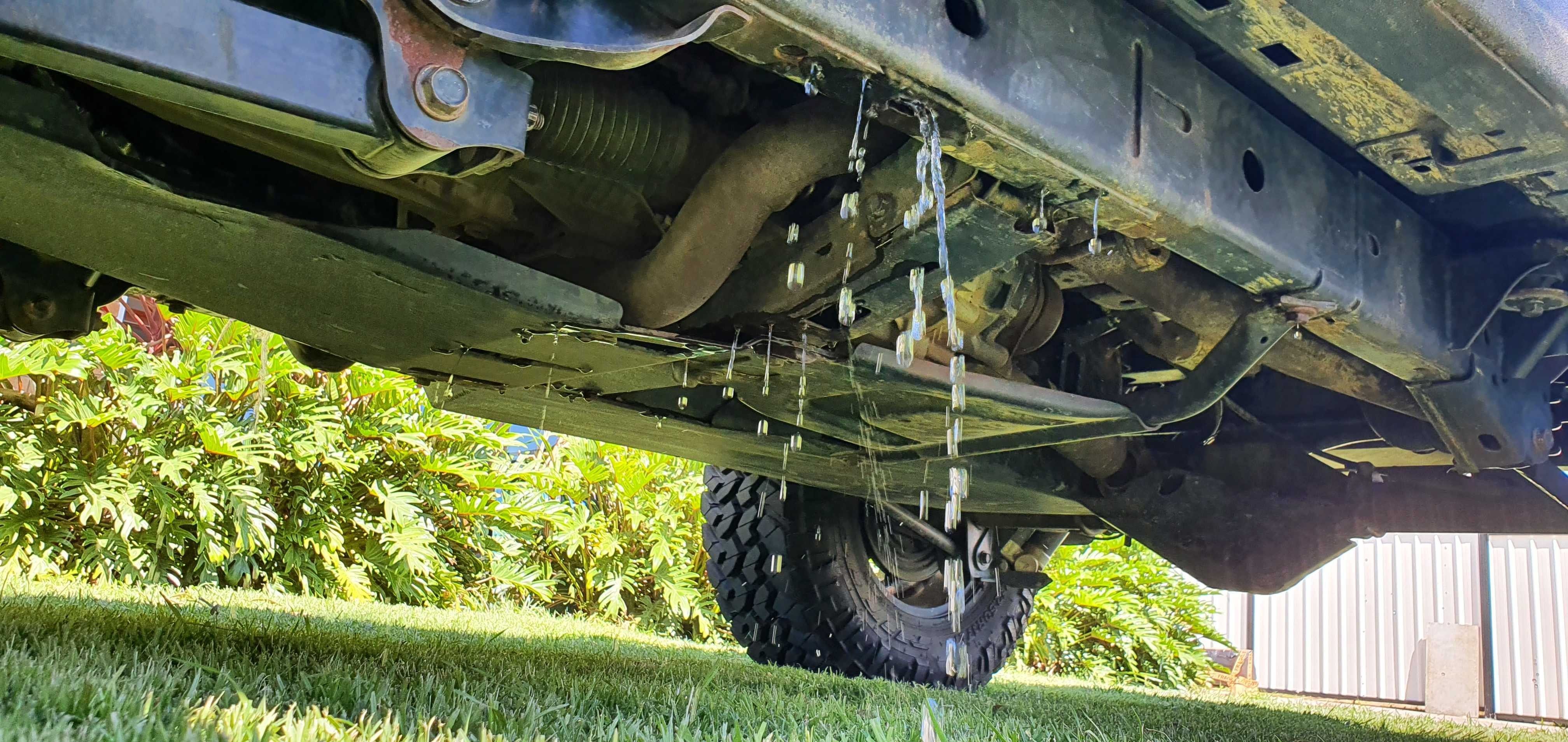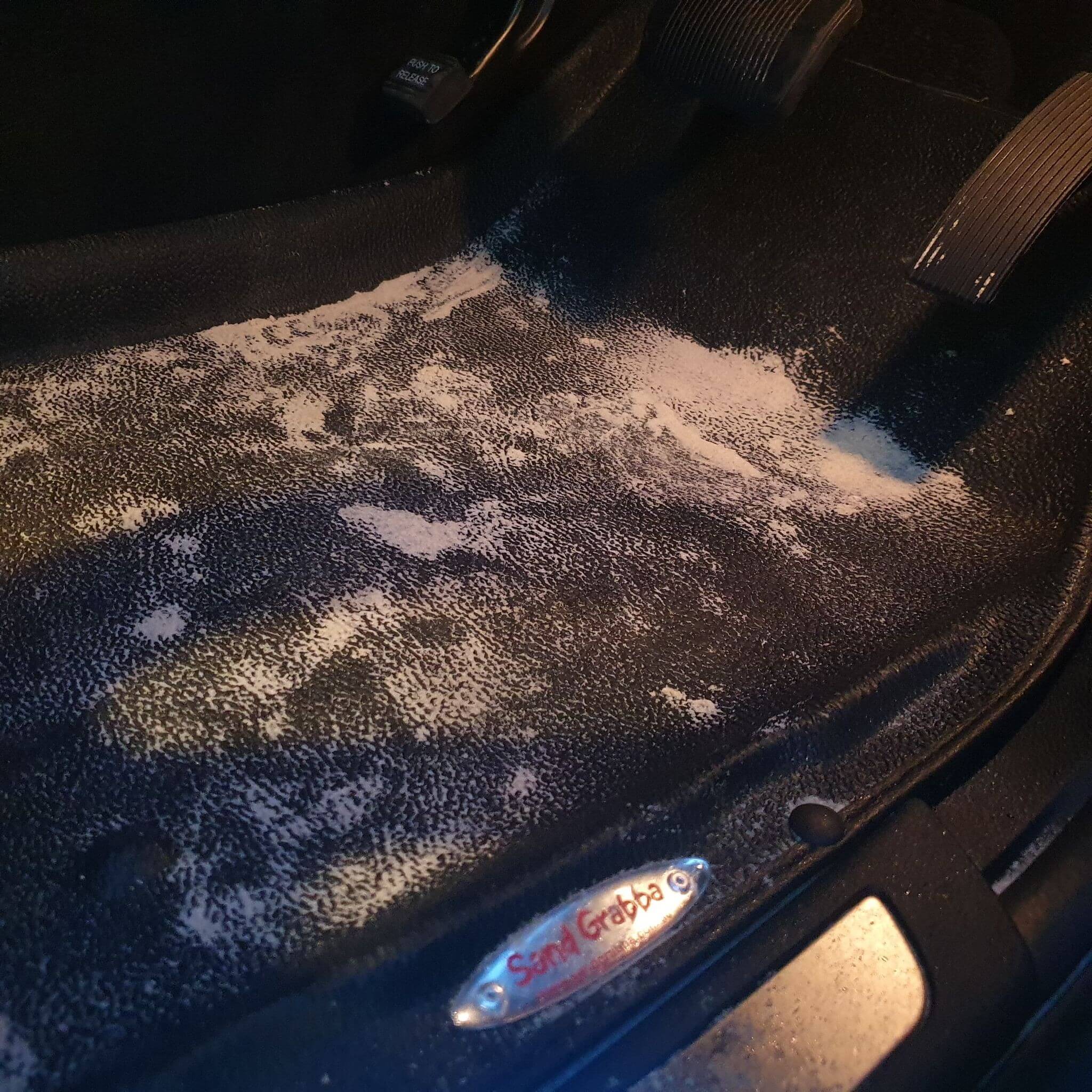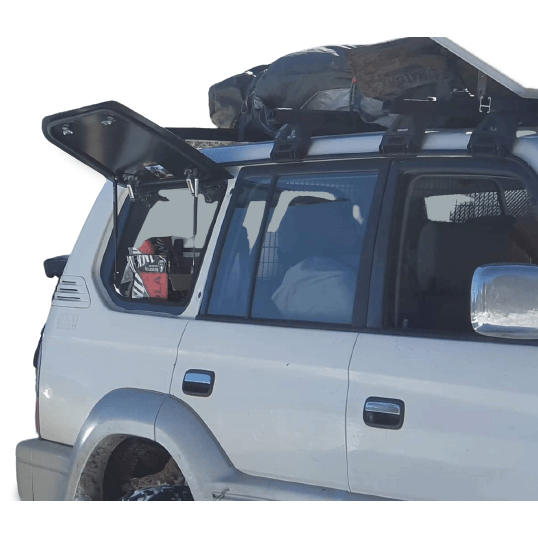Fitting A Supercharger To Your 4WD
When you’re driving off road one thing you can never have too much of is torque. Modern smart transmissions will get you through a lot of rough ground but at the end of the day you can’t beat sheer pulling power, especially if you’re towing a trailer or carrying a heavy load. In soft ground, on slopes or dragging yourself up a rock crawl, having plenty of torque will give you more control and more ability to power through the toughest patches.
Diesel engines are naturally torquey, but there are ways to boost them even more. One of those is fitting a supercharger. These aren’t all that common any more, with turbos taking up most of the market, but they’re well worth looking at. Turbochargers are driven by the exhaust gas coming out of your engine; that makes them very efficient. Superchargers are mechanically powered direct from the engine, which makes them less efficient but better at delivering sheer power. If you’re running a high performance sports car a turbo is definitely what you want, but when you need to coax three tons of wagon and gear through loose sand a supercharger takes a lot of beating.
We fitted a Bullet supercharger to a 100-series Landcruiser with a 4.5 litre engine. This kit is a twin-screw charger powered by a crankshaft drive belt, and it comes with everything you need to mount it right down to CNC-cut brackets and an easy to follow set of instructions. Once we had it installed we set off for a varied local route that seemed like a good place to test it out.
The supercharger gives a fairly low 5psi pressure boost, so we weren’t too sure what to expect from it. Bullet say this gives an impressive power and torque boost without stressing the engine, and that makes sense – with claimed torque increases of close to 50%, and power increased by about a third, standard components are probably working about as hard as they can. More boost might be possible but you’d probably want to spend a lot of money upgrading other bits too. Anyway, as our test showed, it’s not really worth it – the Bullet does an awesome job the way it is.
Even on the way to the track we noticed the engine responding more quickly and delivering a lot more grunt, but it was when we hit the rough stuff it really became obvious. What’s most noticeable isn’t really the extra torque; it’s how fast it kicks in. Ever cursed the lag on your turbo? Forget it. With a supercharger the boost is instantaneous, delivering more power the moment you ask for it. That makes the upgrade worthwhile on its own. There is a real increase in pulling power too. Mud that would have been touch and go before suddenly became simple; the cruiser just powered smoothly through. It felt a lot more confident on steep slopes too, with the rapid supercharger response making it much easier to control.
If you’re going to fit a supercharger you need to know your way around the engine reasonably well, but for most 4wd enthusiasts who do a bit of their own maintenance it’s not a hard job. Just make sure your transmission is in top shape before you start, because it’s going to have a lot more power fed through it after the upgrade. The charger itself might be a bolt-on accessory but it works as part of your engine and you’ll need to add it to your maintenance tasks. Overall this isn’t a big deal though, and the performance you’ll gain makes it well worth the effort.






